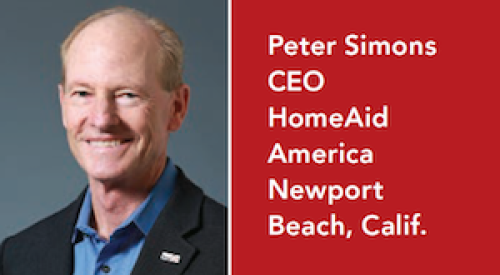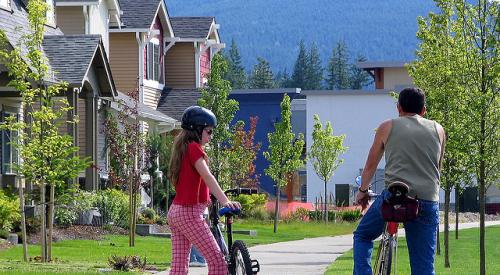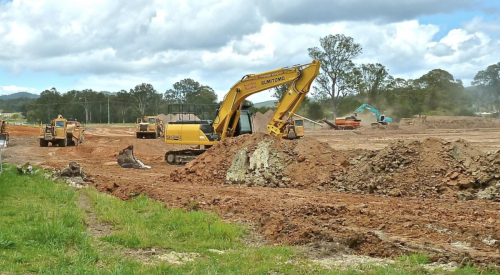Dewees Island developer John Knott started me thinking about this at the Green Building Conference in Denver. In his speech about marketing opportunities for green builders, he provided this analysis of daily life. He talked passionately about the people and the professions that we as a society should value above all others. His is a list worth considering; on it are those who sup-ply food, those who care for the human condition (medical personnel) and those who provide shelter.
Think of the public value associated with each of the professions named above. It is only medical personnel - and a select group of those - that are accorded any real esteem by the general population. Parents proudly proclaim that the fact that their son or daughter is a doctor. Few shout as loudly that their sons or daughters are farmers or home builders.
Is this simply a problem of perception or is it something more? John Knott talked about the perception problem. Too often, he says, the public hears only one side of the environmental story. Land consumption, traffic congestion, air and a general decline in the overall quality of life are easy issues to sell and make understood by the average American. Certainly the general media has picked up the theme and politicians have followed suit. Voters in the early presidential primary states, New Hampshire and Iowa, can be seen on the nightly news and in the morning paper waving anti-sprawl signs.
That public and political sentiment is already running against builders and developers makes your story a more complicated one to tell - and to sell. To date, most of the industry’s public relations efforts have been reactionary. Builders and their associations talk about density as the only antidote to sprawl, and density, in the telling, becomes a dirty word. Leaders point to data that shows consumers favor single-family detached housing in outlying suburban areas.
While that is certainly true, there is a problem with this message. Those most opposed - and most vocal in their opposition to growth - worry not about the wants of new home buyers. They don’t care that the most logical place to debate growth issues is at the local level. They want to make the issue a matter of national debate - and they have.
The home building industry is on its heels in this fight. By stating a case that highlights the wants of buyers and emphasizes the logic of local control of growth, we’re going forth with a sensible message, yet one that fails to highlight the very basic human need that only a builder can meet. This isn’t a debate that can be won on logic alone. It’s about emotion, and we’re being outmaneuvered on the public sympathy scale.
It doesn’t have to be that way. As proof, read this month’s feature on McStain Enterprises on page 86. This Boulder, Colo. builder/developer is an expert at telling the story of how and why they build what they do. President Tom Hoyt talks about giving the public "the opportunity to make a choice that is better for them and for the environment." A critical component of the company’s green philosophy is the necessity to communicate and educate buyers about McStain’s development principles and processes.
Developing land and building communities in a responsible manner is only part of the process; telling the story of that work is just as necessary. It is the emotional hook. You are the shelter doctors for the human family. Without the work you do and the homes you provide, our lives are at risk. That is the story to tell and only you can do it.












